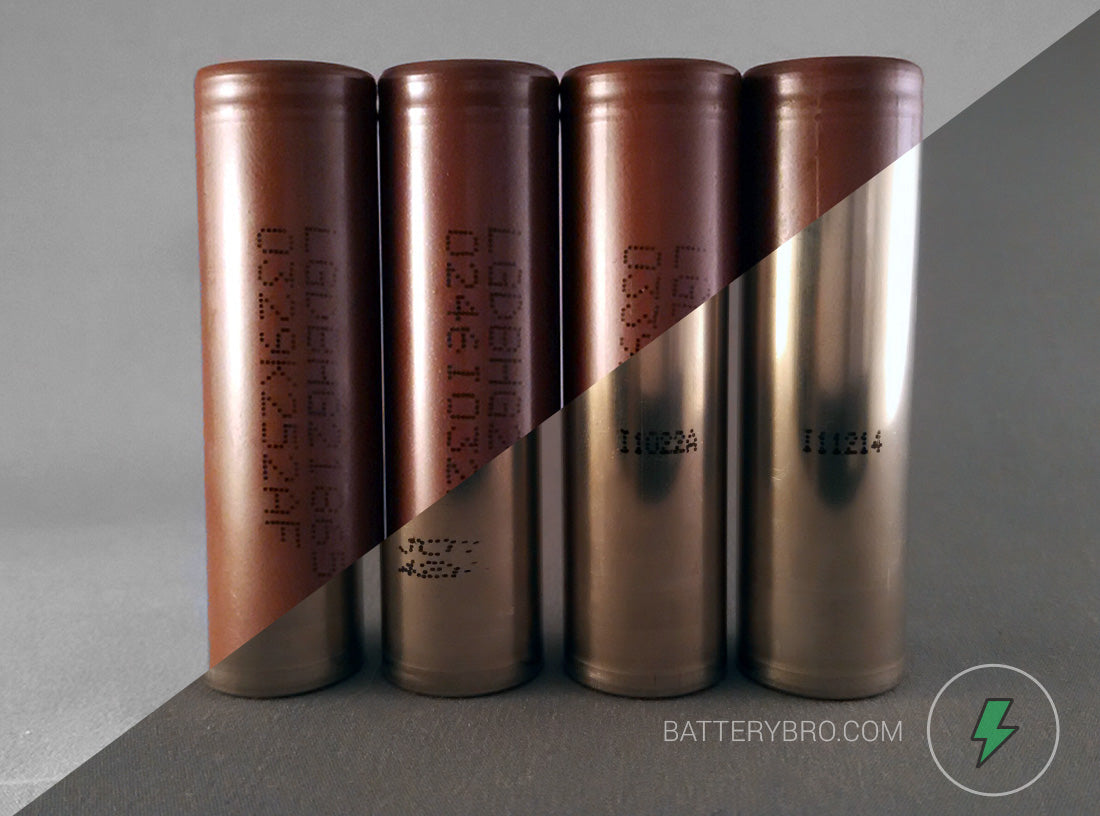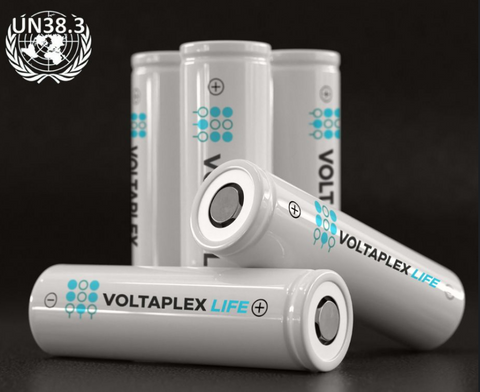Powering a building with lithium-ion batteries from a Volt June 27 2015, 0 Comments

Those two blue boxes hold the Volt batteries that power an admin building
Old Chevrolet Volt batteries are helping to power a high-tech building in the new General Motors Enterprise Data Center. Managing a data center is all about managing its energy consumption. Making completely green and sustainable data centers has always been a foremost use of li-ion in buildings. That is because lithium-ion batteries are so often paired with solar energy. As panels collect the sun’s energy, the batteries store and hold it for later use.
The friction preventing mass adoption is caused by price. The cost per kilowatt hour needs to decrease before it will see full adoption. However small research projects, the pioneers, have already popped up. In Milford, Michigan, the General Motors Data Center has linked up five Volt batteries with a solar array to power administration offices. The batteries are also fed by two wind turbines which continue powering the batteries in the dark.
The Volt’s batteries, like most 18650 batteries, are rated until 80% of their rated capacity has been reached. This capacity decrease happens over time, determined by the cell’s cycle life. An 18650 cell typically has between 200 and 500 cycles. This cycle life increases year by year, which is an often overlooked factor directly influencing their price.

This data center will probably soon be powered by lithium-ion batteries too.
While 80% of capacity is bad for car owners, who depend on that high-voltage energy of a new battery (mainly because it influences driving range), it is great news for buildings. Lithium-ion batteries can often run thousands of cycles until they are completely useless. The recycled Volt batteries may be able to effectively last between a year and two more before their capacity is reduced beyond their utility.

An inside look at the Volt batteries.
Why is this interesting? In the short-term, projects using old Volt batteries will be relatively inexpensive. As more electric cars are produced, it is likely more used EV batteries will come to market. If we measure cost per kilowatt hour without minding accessibility of the cells, the used volt batteries can bring the world in a sub $200 range. However used Volt batteries are not applicable for many uses - most notably in electric vehicles (the industry forecasted to eventually be the main driver of demand). See how that works? They are also not readily available, and manufacturers wishing to build custom packs with the cells have the difficult prospect of unreliable supplies.
Has the cost per kilowatt hour dipped below $200?
Used Volt battery specs (as of June 27, 2015)
- $2000 - $3000 per used battery
- About 12 kWh of energy
This works out to, ~$166 per kilowatt hour, and is applicable to industries like home energy. This cost is even lower for large manufacturers. Remember the goal for batteries is not to make them cheaper, exclusively. 18650 lithium ion battery prices have remained the same, however an increase in energy density means the same sized cells hold more energy and last longer than before (about an 8% improvement per year).
This line of thinking is challenging however. As pointed out earlier, used car batteries are very cheap in terms of kilowatt hours - but they are not a great source of information to evaluate a formal “cost per kilowatt hour” metric everyone likes to refer to. A better metric would disregard used batteries as a secondary market and focus on the primary driver - the 18650 battery.
The 18650 battery is the most produced cylindrical lithium ion cell. It is used in the world’s laptops and in Tesla cars like the Model S. A brand new 18650 battery (one that is the highest capacity like the Panasonic G series, or MJ1) that is accessible in smaller quantities for anyone who wishes to create a custom pack - is a much more qualified candidate to determine such a metric as cost per kilowatt hour.
So when people say used Volt batteries have exceeded a limit placed on mass adoption for lithium ion, they really need to look closer at the definitions used. A better metric would only include the used Volt battery as a side-note and focus on the commodity 18650 battery.
Off-the-grid
The research station has proved that home energy for sub $200 per kilowatt hour is possible. This technology is immediately applicable to those in rural parts of the US or abroad that want to stay off-the-grid. Companies can also decide to become self-sustainable and earn a certificate like the LEED Gold certification with projects like this.
There are numerous regions with severe whether and unpredictable power which can use such a system as a town-wide UPS. At that point, it becomes an economic matter as decreased productivity from blackouts can really cost tourism or mining a lot of money (think ski resorts).
Mining can benefit from lithium-ion driven energy storage right away. A small handful of companies operate a majority of mines, so the distribution network to supply such an industry is fast. Mines are often physically far from being able to tap into the grid and being entirely off-the-grid makes economic as well as environmental sense.
Future
In the future more and more building systems will become energy independent. The limit will probably not be reached for 25 years. Until then, more and more buildings will take responsibility for their footprint with novel energy storage solutions. There will always be pioneers - in this case we’re talking about the first use-cases of used electric vehicle batteries being implemented. But soon there will be settlers, and this type of approach to energy will become mainstream.








